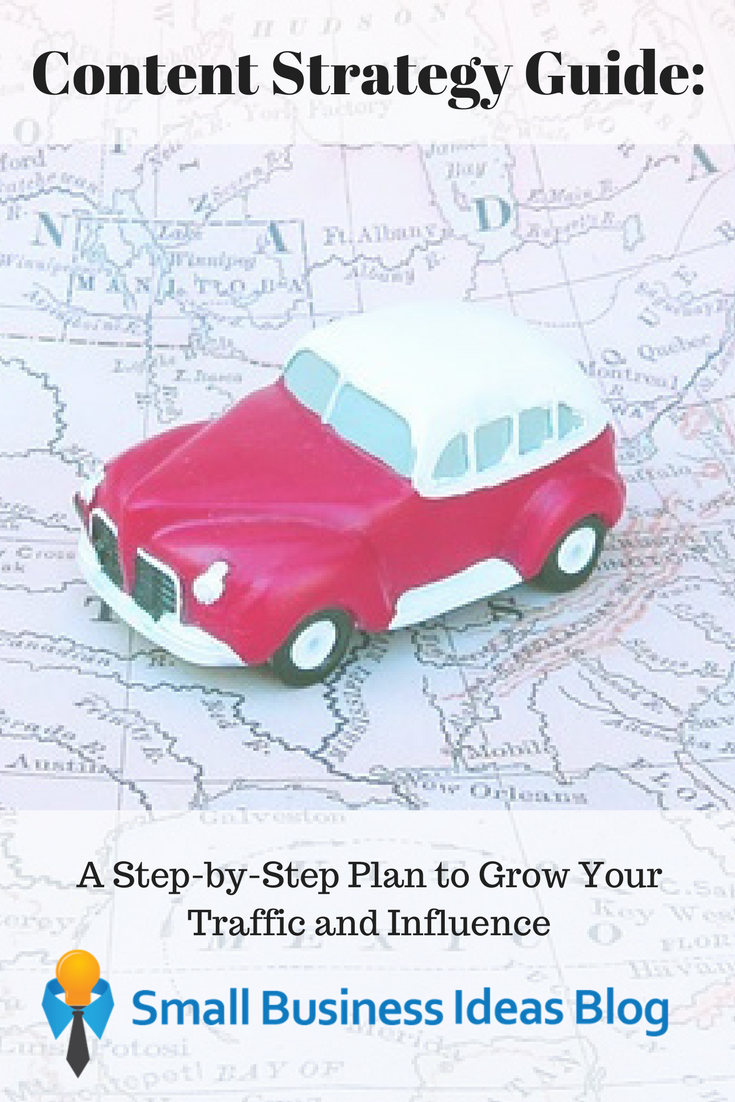
One of the biggest challenges with content marketing is creating content that stands out. Not only do people have to create standout content, but they have to do it repeatedly if they want to grow their influence.
I’ve had a few conversations with potential clients and it turns out that many of them are unsure about how to get results with blogging. Through the years, I’ve also stumbled across many blogs. A few of them were very successful with their content marketing, but other blogs struggled to gain an audience and some even gave up on content marketing altogether.
So why do some businesses succeed with blogging while other businesses struggle with it? In this guide, I’ll take a closer look at what successful content marketers and businesses do, explain why you need a content strategy and also point out a few common mistakes I see people making when doing content marketing.

 Objectives and Metrics
Objectives and Metrics Content Creation Strategies
Content Creation Strategies Content Promotion Strategies
Content Promotion Strategies Types of Content that Create Engagement and Build Influence
Types of Content that Create Engagement and Build Influence